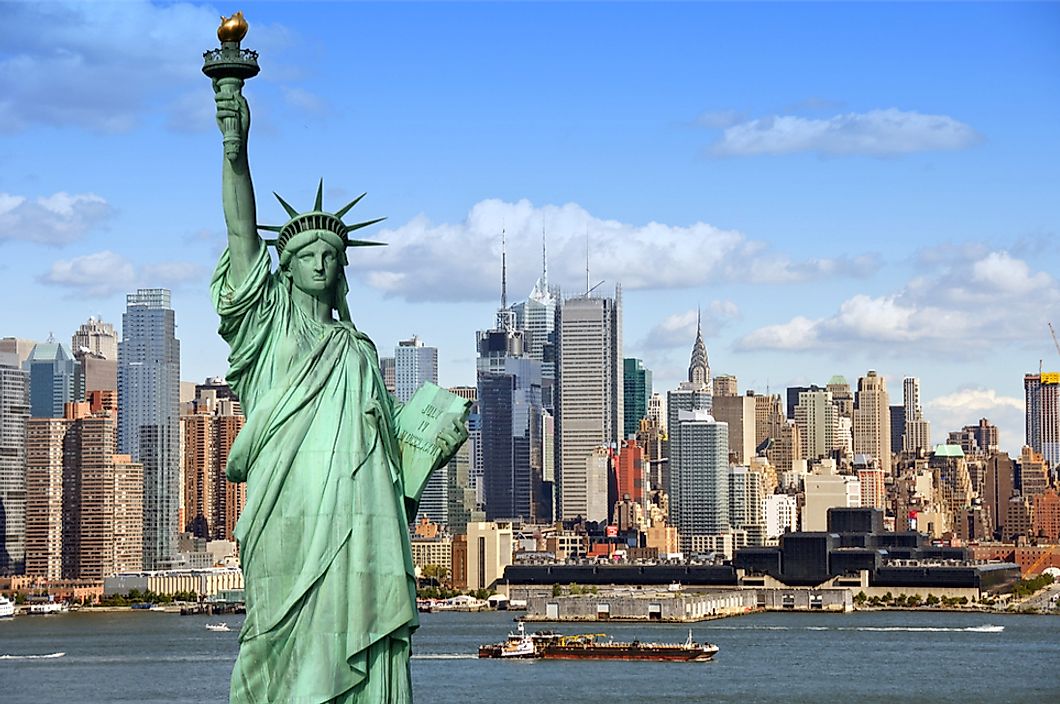Where Did New York Get Its Name From?

Gotham, the City that Never Sleeps, the Empire of States, and the Big Apple are some of the names used to refer to New York City. It is the largest city in the United States, hosting over 8 million people. Over the years, New York City has developed into one of the most important trading posts in the Americas. Even with the radical changes occurring over the years, the diversity of the city has held its supremacy, making it one of the largest cosmopolitan cities in the world.
History of New York City
The history of New York City dates back to the arrival of the Iroquoian and Algonquian people 10,000 years ago from the Appalachian region. During this time, New York City was only a marginal island known as Manna-hata by the Native American tribes, who settled on the island and the Point Peninsula Complex forming the five nations of the Iroquois League, which later developed a powerful confederacy in the 15th century that controlled the territory throughout present-day New York, into Pennsylvania, and around the Great Lakes. The native tribes in the west cultivated maize fields and orchards in the lowlands of the Mohawk River that were being taken over by the Dutch. They also established dominance over the fur trade throughout the territory. Along the Atlantic coast, the Algonquian people established a sophisticated cultural system dependent on hunting, gathering, manufacturing, and farming.
In early 1600, Henry Hudson from the Dutch West India Company set out to survey Manna-hata Island and the Atlantic coast in search of a probable trading center. The island was geographically proximal for the establishment of a trading post among the five League of Nations. To establish their presence in the New World, the Dutch founded a trading post on the southern edge of the island, naming it New Amsterdam after the Dutch capital Amsterdam. By 1625, the trading post had grown and became an official city with settlements stretching from the southern tip of Manhattan to today’s Wall Street.
Renaming of New York
By the mid-17th century, New Amsterdam had thrived from the trade of fur and orchard farms, which caught the attention of the English. In 1664, the Duke of York, James II of England, sent four warships to New Amsterdam to conquer and annex the Island. Nevertheless, the Dutch did not fight since they did not have the military power to go to war with the British. Peter Stuyvesant, the governor of New Amsterdam, together with his followers surrendered the colony without bloodshed. Upon annexing New Amsterdam, the Duke of New York renamed the island New York. The only sign of the Dutch regime in Manhattan is the founding year and the three strips of the Dutch flag inscribed on the flag of New York City. New York continued to thrive under English rule and became an important trading post between the English and the outside world. Today, the city is home to more than two-thirds of the top 100 American corporations, and 25,000 factories manufacturing different industrial products.











